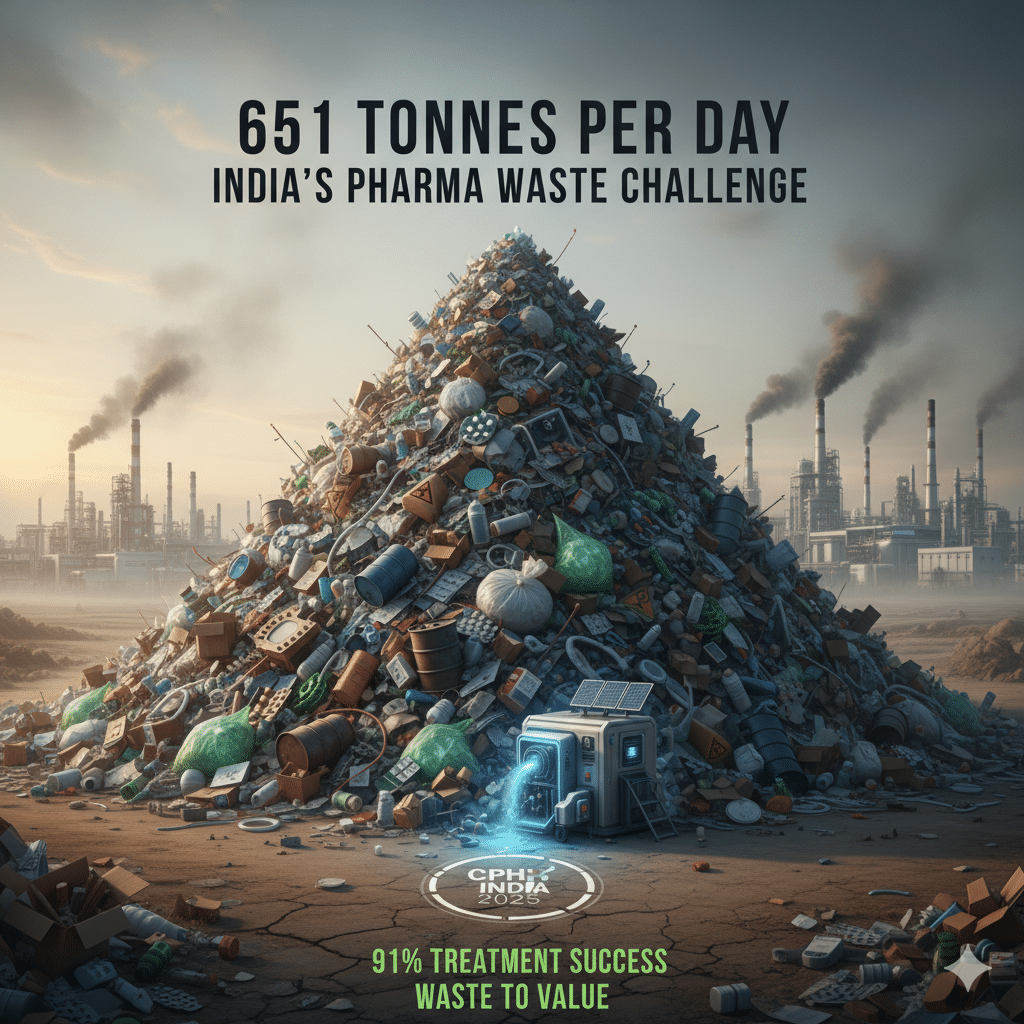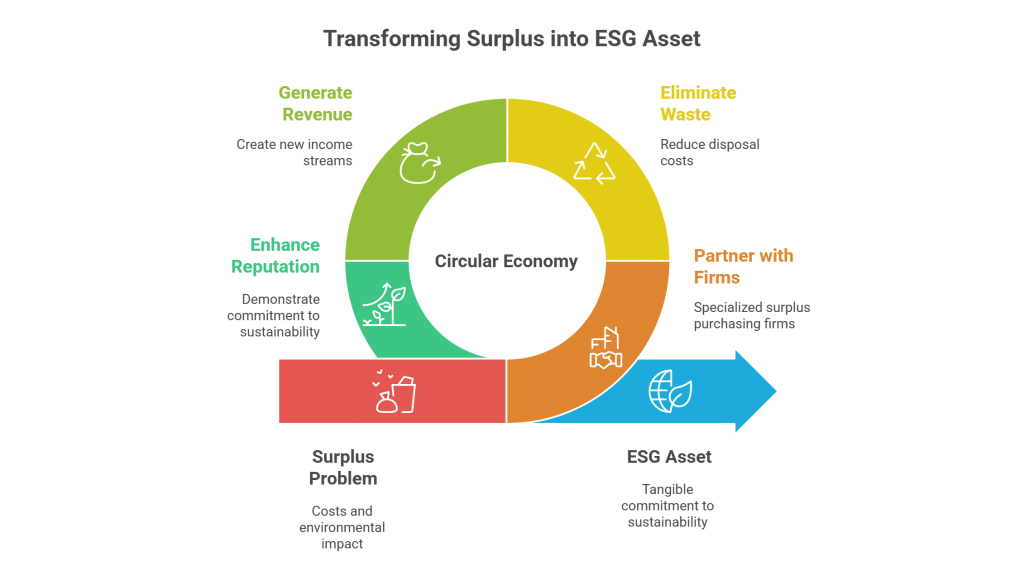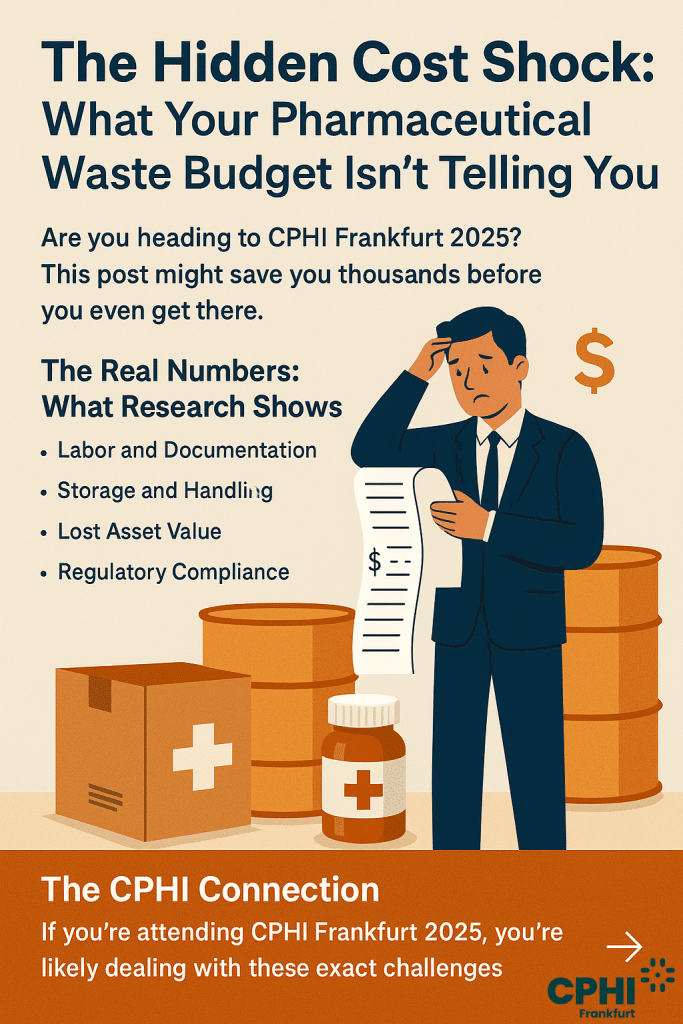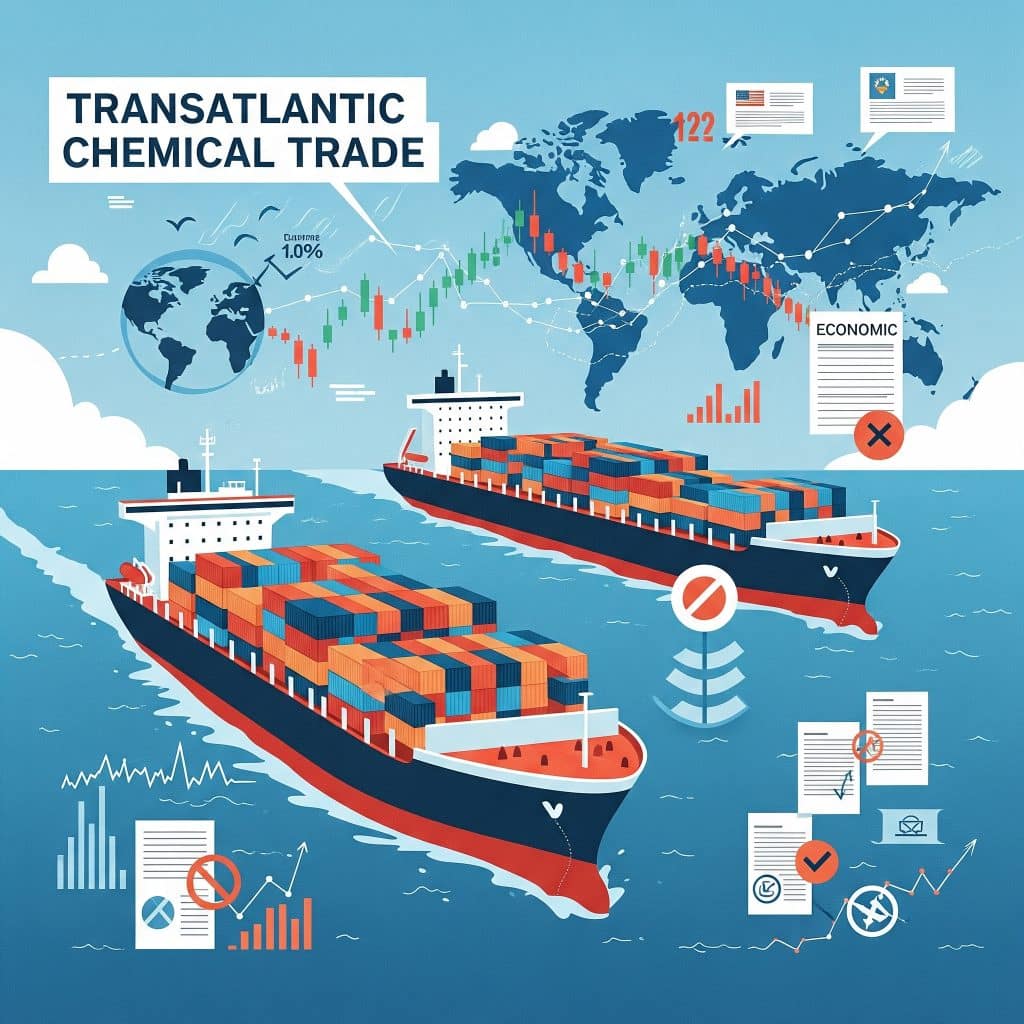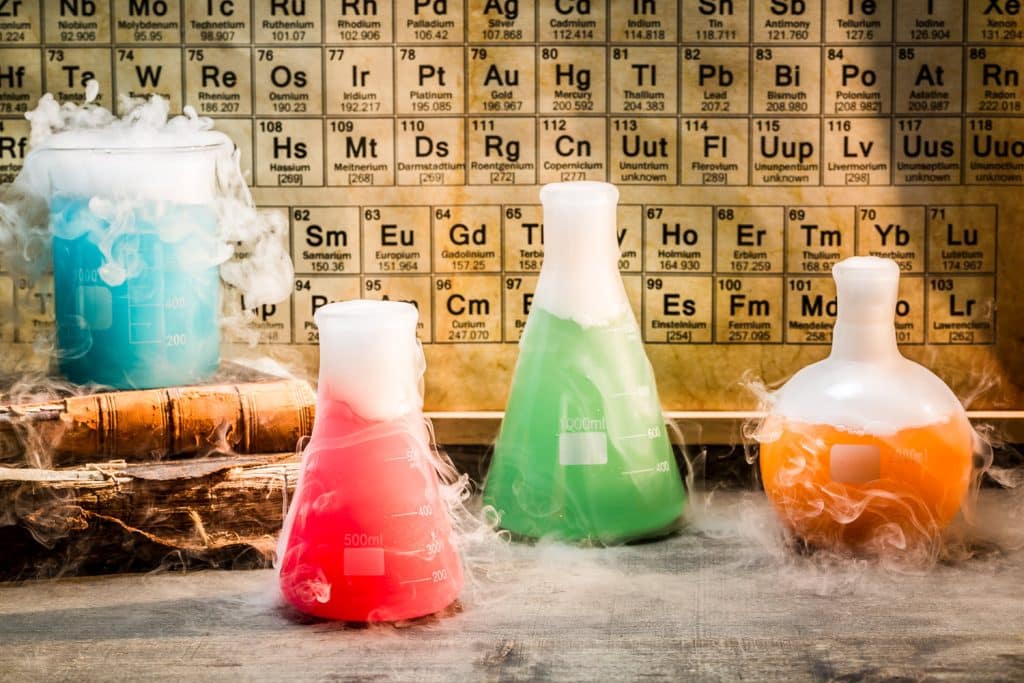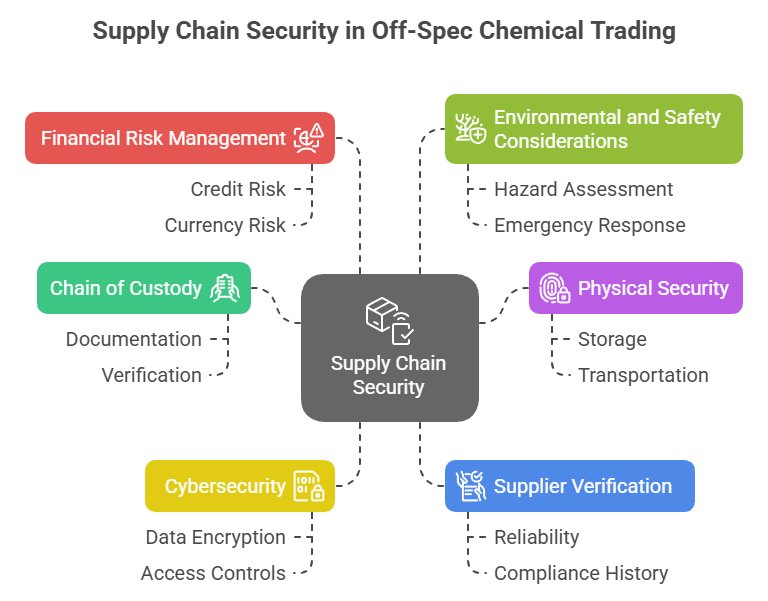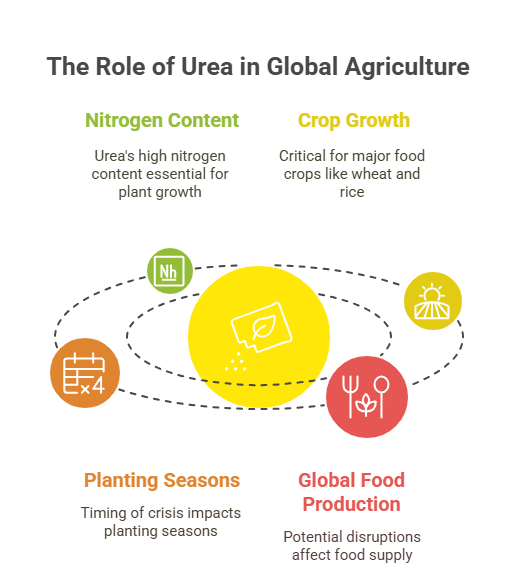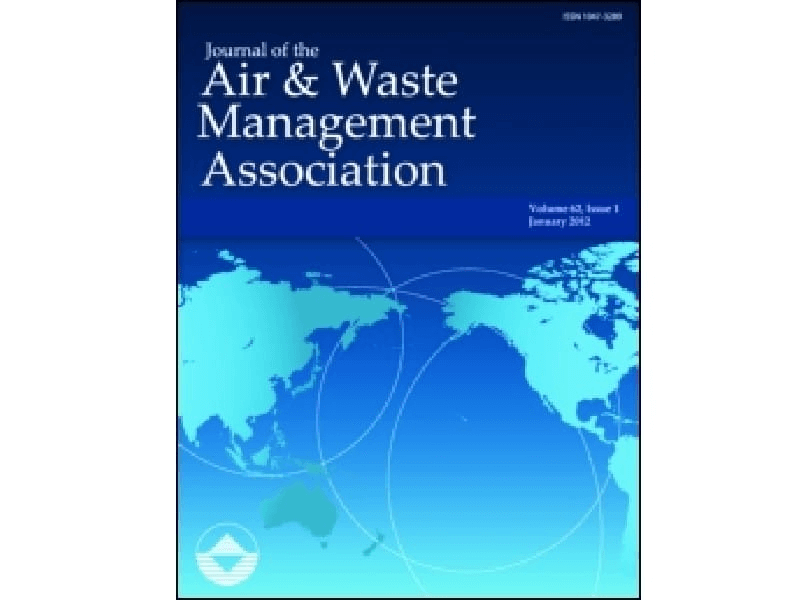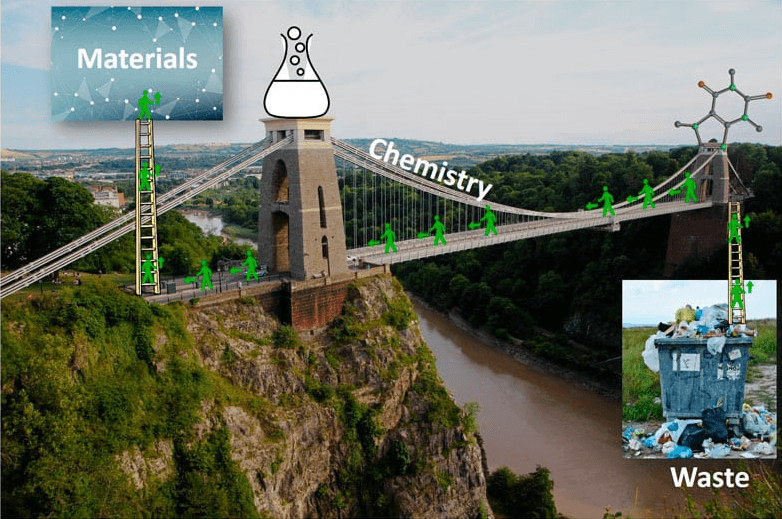Sucralose: The Smart Choice in Food & Pharma Surplus Management
Sucralose is a specialty chemical renowned as a high-intensity, non-nutritive sweetener, playing a crucial role in both the food and pharmaceutical industries. Its high purity and chemical stability make it a significant asset when held as surplus inventory, ensuring quality applications in dietary and medicinal products.
Optimizing Sucralose Surplus Inventory for the Food & Pharma Sectors
Trading surplus sucralose presents a dual value proposition: sellers can recoup costs, free up storage space, and cut down on expensive disposal procedures, while buyers enjoy rewarding cost savings and a reliable source of high-grade material. Through surplus trading, companies not only avoid the burdens of disposal-related regulations and penalties but also generate additional revenue, reinforcing sustainable practices within the industry.
Sucralose in the Food & Pharma Industries
Buyers benefit by accessing a consistent, quality-controlled surplus supply at competitive prices. This ensures product consistency, supports innovation in recipe development, and enhances cost-effectiveness in production, all while adhering to stringent safety standards.
Sellers enjoy the advantages of liquidating excess inventory, thereby decreasing storage and disposal expenses. Additionally, surplus trading promotes environmental sustainability by reducing waste and mitigating the risks associated with hazardous chemical disposal.
Table of Contents
Rescuing Inventory: A Sucralose Success Story in Food & Pharma
A prominent beverage manufacturer recently faced challenges due to surplus sucralose that had accumulated after an overproduction cycle. Instead of facing high disposal costs and regulatory hassles, the company opted to monetize its excess inventory through a specialized surplus trading platform. This strategic move not only recovered costs and reclaimed storage space but also provided a reliable supply of quality sucralose to emerging food and pharmaceutical startups. The success of this transaction underscores the financial and sustainability benefits of smart surplus management, setting a benchmark for the industry.



